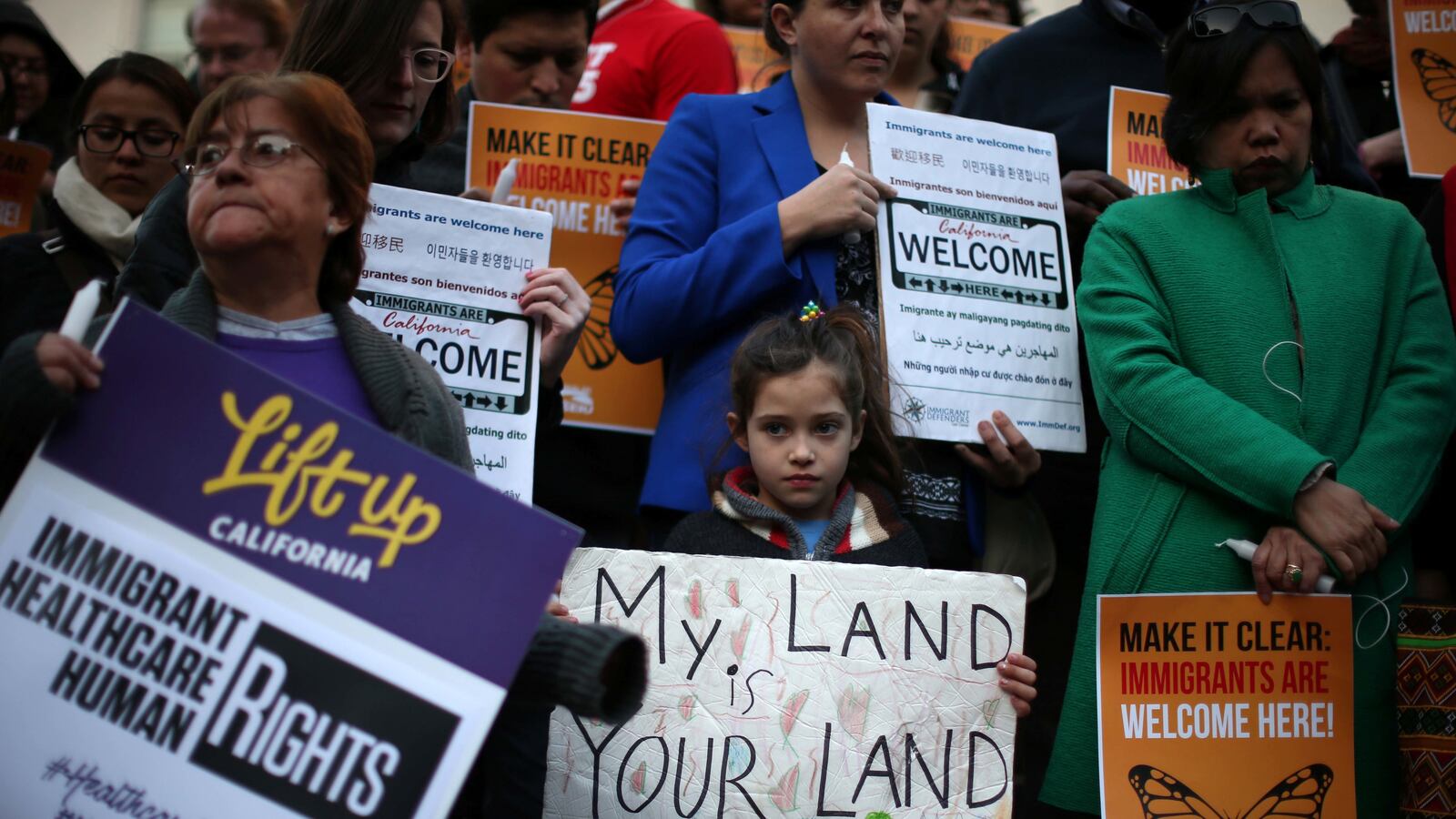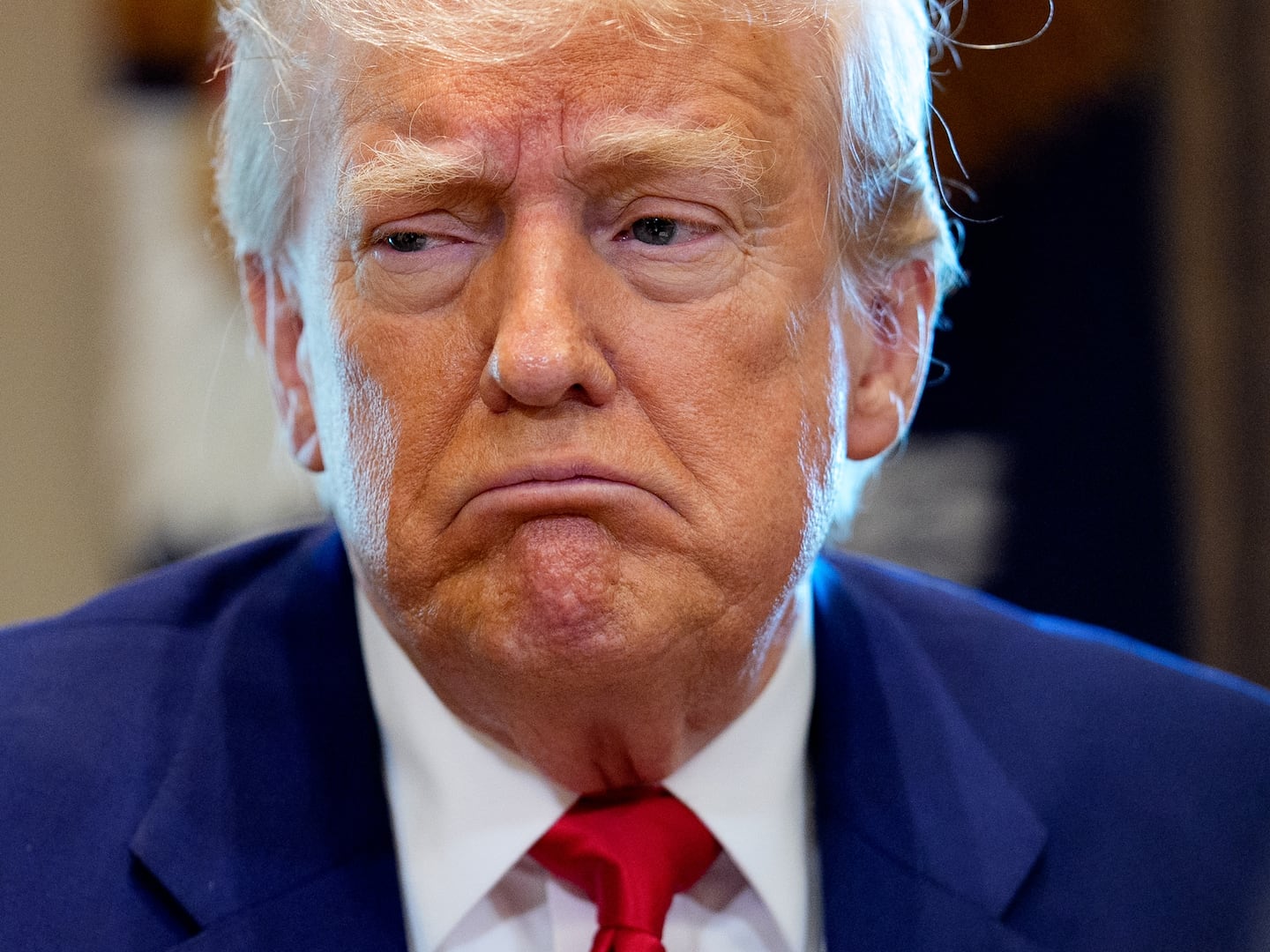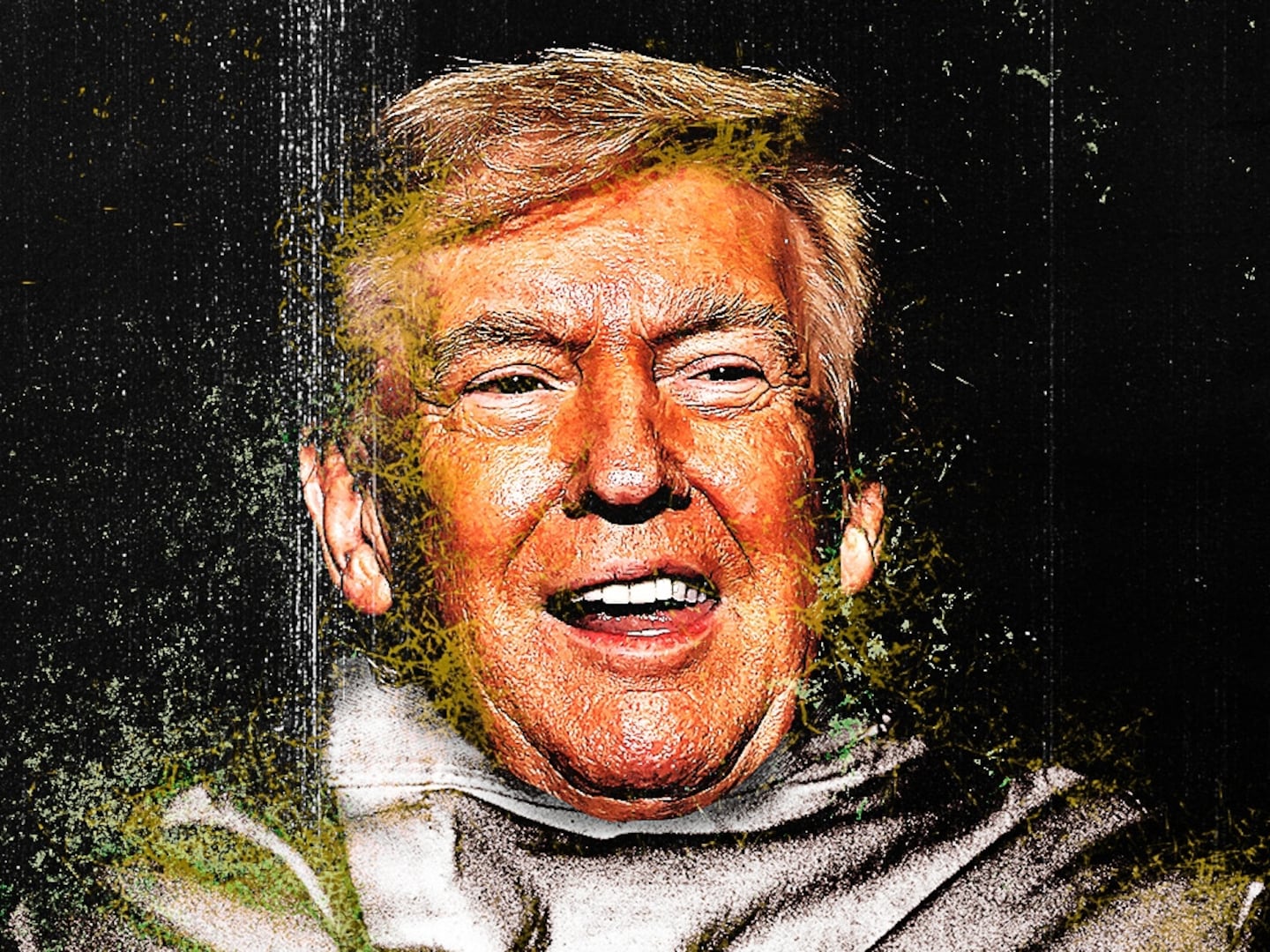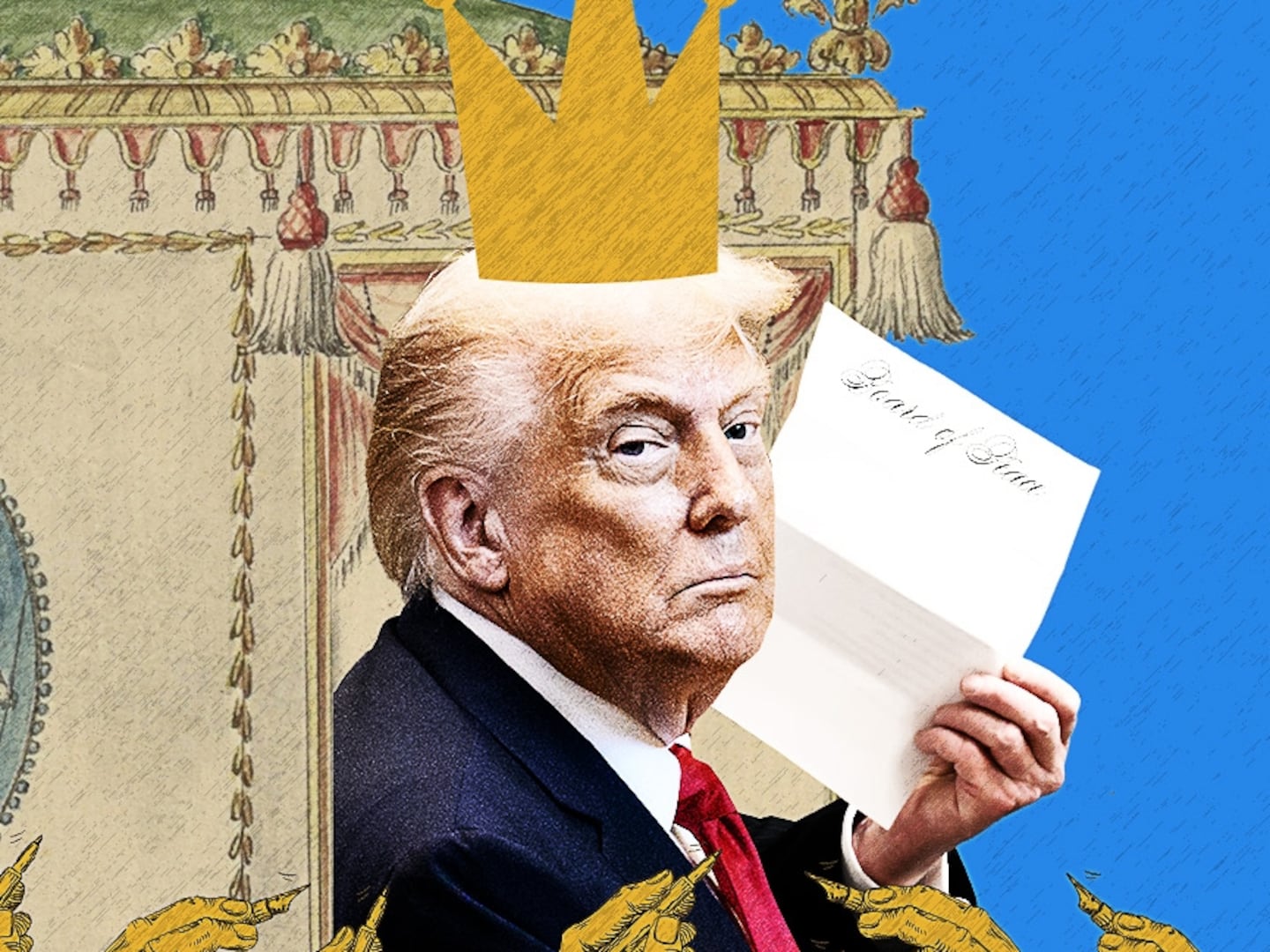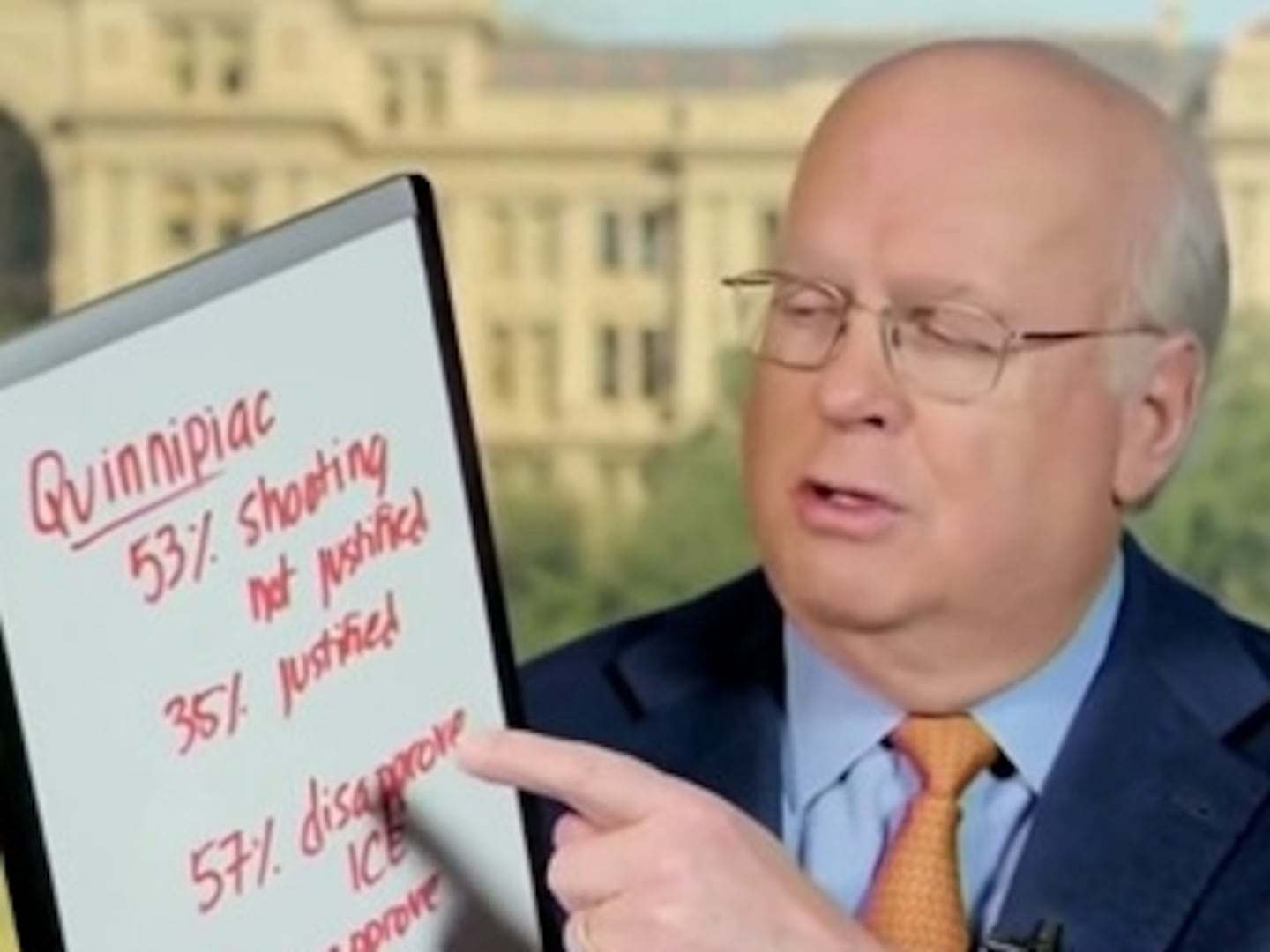SAN DIEGO—At the dawn of what could be the most dangerous presidency in U.S. history, Donald Trump and the nation’s Latino community are squaring off like a bull and a matador.
And given Trump’s penchant for tall tales and broken promises, you don’t need me to tell you which is the bull.
Latinos are also anxious about what Trump is going to do to them; many of them recognize that—along with women and Muslims—their community was a favorite foil for Trump during the campaign and they wonder whether that sick game will continue now that he is president.
It doesn’t help that there is a thick layer of tension between the parties. Latinos are unsure about what to do with Trump; there are big arguments erupting, as we speak, about whether to give the new president a chance or just give him hell.
Of course, Trump could also just decide to ignore Latinos altogether. Despite having bragged during the campaign that Latinos loved him because he was going to create all these jobs, and many of those jobs were going to go to Latinos because they’re the hardest workers, the president missed his first chance to hire a Latino to fill a job opening. The former reality show star who fashions himself a great judge of talent missed the opportunity to put a Latino in his Cabinet—something every president has accomplished since Reagan nominated Lauro Cavazos to be secretary of Education in 1988.
Yet, it’s an indication of just how peculiar the relationship is that Latinos are perplexed over how to respond to this blatant Cabinet snub. Perhaps it’s a good thing, since no self-respecting Latino should want to go to work for an unrepentant anti-Latino demagogue who announced his candidacy in 2015 with these words:
“The U.S. has become a dumping ground for everybody else’s problems. When Mexico sends its people, they’re not sending their best… They’re sending people that have lots of problems, and they’re bringing those problems with us. They’re bringing drugs. They’re bringing crime. They’re rapists. And some, I assume, are good people.”
It’s hard to decide which was more offensive—that Trump so glibly painted Mexican immigrants with such a broad brush, as criminals and rapists, or that he got the part about a country not sending its best exactly wrong. It’s always been true that the immigrants who come to the United States are the most optimistic, the most daring, the hardest workers. They are the best. And we’re lucky to have them.
With those objectionable comments, Trump found the issue that he would continue to use as a battering ram against Latinos: immigration.
This week, during a visit to the Department of Homeland Security, Trump signed a pair of executive orders on immigration that were intended to start reversing the Latinization of America.
Let me be clear. The nation’s 54 million Latinos are not monolithic. In fact, there are times when they’re barely on speaking terms. They’re divided six ways from Sunday—by which political party they support, how much money they make, how much education have, where they live, what their country of origin is, whether they’re naturalized or native-born, etc. And not all of them list immigration reform as a top priority; in fact, very few of them do. The more popular issues are the economy, jobs, education, and health care.
Still, since most of the people who immigrate to the United States—both legally and illegally—are from Mexico and the rest of Latin America, Latinos have a way of being dragged into any national discussion about controlling immigration. Too often, these days, Latinos are cast in the role in the American drama played by the Germans in the 1700s, the Irish and Chinese in the 1800s, and the Italians and Jews in the 1900s: the rabble who fled dysfunctional countries and brought their destructive ways and inferior cultures to pollute these shores.
Americans can tell themselves, all they want, that their immigration anxiety is all about border security or public safety. But the refrain at the heart of the modern immigration debate is the same one that has defined it for the last 250 years: “There goes the neighborhood.”
This week, with a couple of pen strokes, Trump began the process of helping to re-claim the neighborhood.
The first executive order sought to fulfill a major campaign promise by calling for “the immediate construction of a physical wall” along the U.S.-Mexico border. There is already about 650 miles worth of walls, fences, and other barriers on the nearly 2,000-mile border, and whole swaths of land where no barrier can be placed because of geographic impediments. The executive order also authorized the hiring of 5,000 additional border patrol agents despite the fact that there are already about 20,000 of them on the job and border patrol supervisors have complained that they can’t train the workforce they have. All this because, as Trump said in a speech to DHS employees, “a nation without borders is not a nation.” The wall is expected to cost between $8 billion and $14 billion, money that Trump insists we’ll get back from Mexico one way or another. Meanwhile, no one is 100 percent sure that such a physical barrier would be effective in keeping out border crossers.
Trump’s second executive order focused on the enforcement of immigration laws, including withholding federal grant money from so-called sanctuary cities—what I’ve referred to as the “unicorn” of the immigration debate since there is no city in America where federal immigration law doesn’t apply. The order also reinstates the Secure Communities Program, a really bad idea that allows Immigration and Customs Enforcement to rope local police into enforcing immigration law. Obama expanded that controversial program 100-fold during his time in the Oval Office, and used it as a force-multiplier to increase the number of deportations. But he eventually pulled the plug when the program came under attack by local and state officials who were concerned that it eroded trust between immigrant communities and police departments. Now, thanks to Trump, the bad idea is back.
Luckily, there was also one positive development. Trump later told ABC News that so-called DREAM’ers—those young undocumented immigrants who were brought here as children and who registered for temporary legal protection from deportation under the Obama Administration through Deferred Action for Childhood Arrivals (DACA)—need not worry about being deported.
So what can each party do to help repair this relationship, or at least make it less combustible?
Latinos need to pick their battles wisely. The wall isn’t the worst thing in the world, not when nearly a third of the U.S.-Mexico border is already protected by some sort of barrier put there by Democrats and Republicans alike. Latinos should keep their powder dry until he does worse. They should also praise Trump when he does something they agree with.
And Trump must try to make amends to Latinos, a community that he has gone out of his way to offend for the sake of scoring cheap political points with unsavory elements of the Republican Party. This might include additional appointments, special educational initiatives, maybe even a stab at immigration reform that allows some of the undocumented to remain in the United States once the border is secure and criminals have been removed.
The relationship between Trump and Latinos is in bad shape, but it’s not yet beyond repair. It can get better over time if both sides are willing to put in the effort to improve it. Let’s get started.

